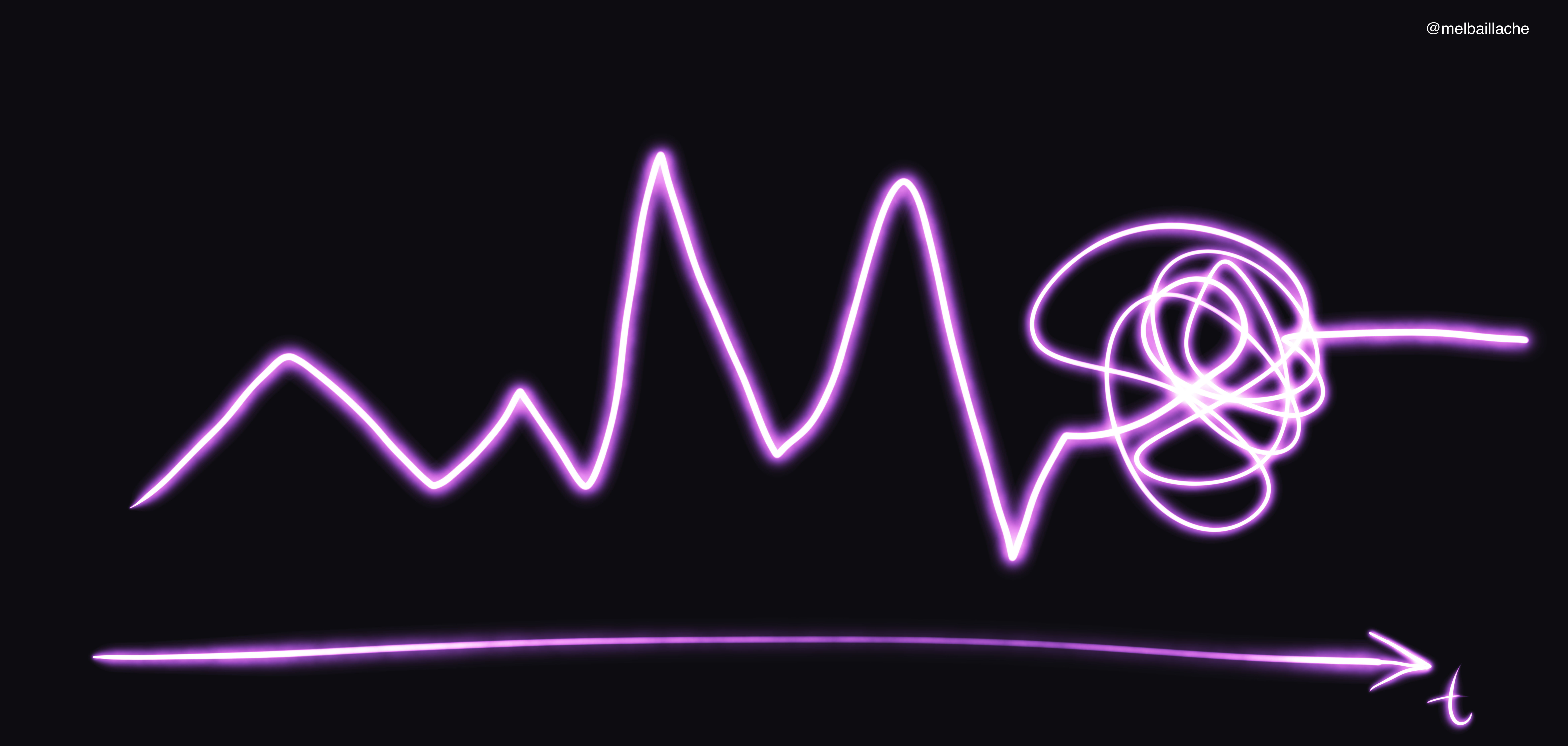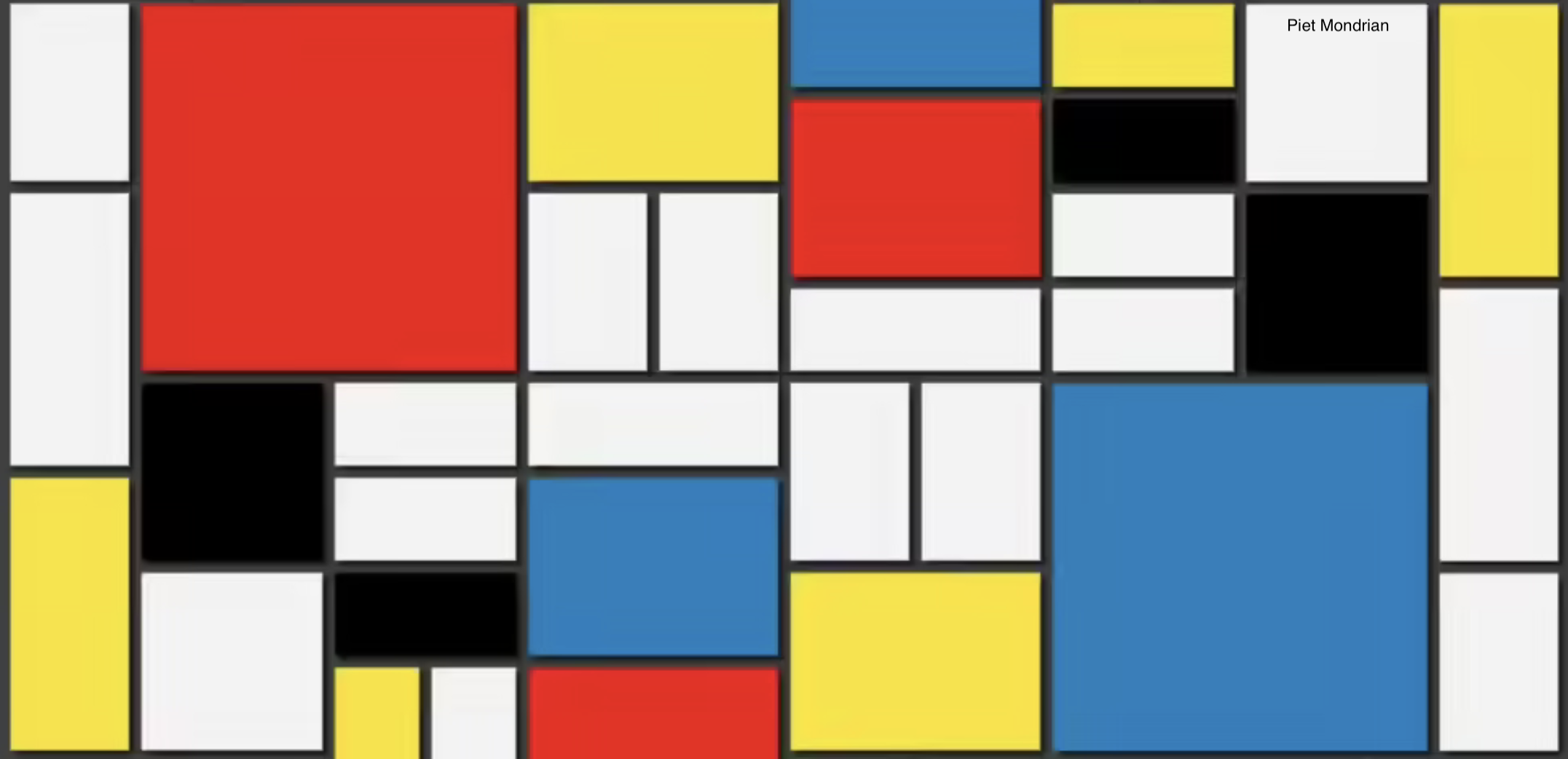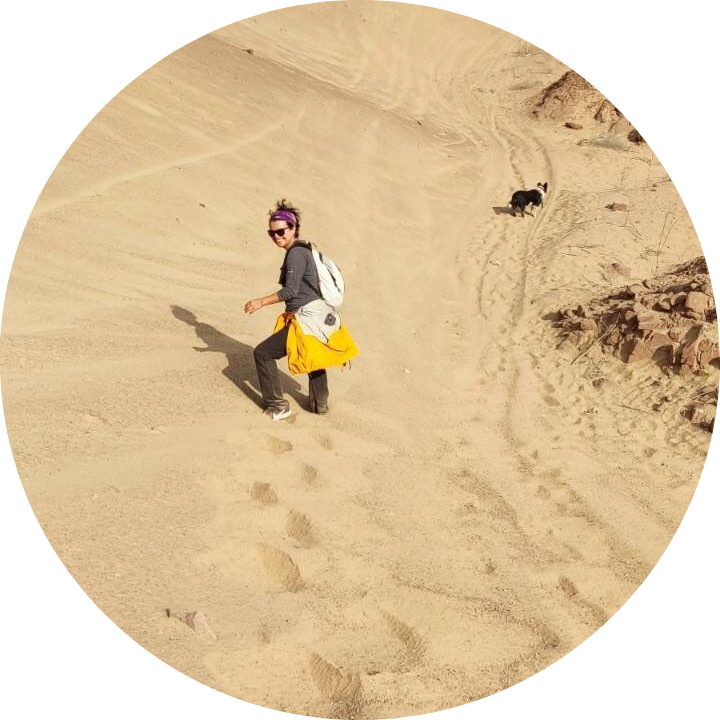Publications
 The SAO/NASA Astrophysics Data System (ADS) has an updated compilation of my publications. Follow this link to see it.
The SAO/NASA Astrophysics Data System (ADS) has an updated compilation of my publications. Follow this link to see it.
Processes

Telescope experience
- Simonyi Telescope * Vera C. Rubin Observatory * LSSTCam (ugrizy) * Senior Observing Specialist (2025-).
- Telescope Mount Assembly (TMA) * Vera C. Rubin Observatory * ComCam: Commissioning Camera (optical) * Senior Observing Specialist (2024).
- AuxTel * Vera C. Rubin Observatory * LATISS: LSST Atmospheric Transmission Imager and Slitless Spectrograph (optical) * Senior Observing Specialist (2024-).
- DuPont Telescope * LCO * APOGEE-2S: Fiber spectrograph (nIR) * Permanent observer (2018-2020).
- Baade Telescope * LCO * FIRE: Long-slit spectrograph (nIR) * 10 nights (2014-2017).
- Clay Telescope * LCO * MMIRS: Multi-object spectrograph (nIR) * 2 nights (2014).
- Gran Telescopio Canarias * ORM * OSIRIS: Long-slit spectrograph (optical) * 4 nights (2012).
- Nordic Optical Telescope * ORM * NOTCAM: Wide field imaging (optical) * 11 nights (2008-2012).
- William Herschel Telescope * ORM * LIRIS: Imaging, polarimetry imaging, long-slit spectroscopy (nIR) * 3 nights (2011-2012).
- Telescopio Carlos Sánchez * OT * WideFastCam: Lucky imaging (optical) * 10 nights (2012).
- 3.5 m Telescope * CAHA * Omega-2000: Wide field imaging (nIR) * 3 nights (2009).
- Isaac Newton Telescope * ORM * WFC: Wide field imaging (optical, nIR) * 3 nights (2008).
- Awarded service time as PI: VLT/ISAAC (4 nights), VLT/KMOS (15 hours), VISTA/VIR-CAM (14 hours).
- (In addition) Data handling of the instruments/surveys: VLT/HAWK-I, VLT/VIMOS, Keck/NIRC, Subaru/Suprime-Cam, HST/ WFC3, Spitzer/IRAC, WISE, Gaia.
Lesson Planning and Execution
- Thesis Project (2019-II, 2023-I) 16 SCT
- Young Stellar Clusters (2022-I, 2023-I) 3 SCT (Shared class with an astronomer)
- Data Visualization (2022-II) 3 SCT
- Machine Learning (2022-I) 6 SCT (Shared class with an astronomer)
- Substellar Objects (2022-I) 6 SCT
- Advanced Astrophysical Lessons (2022-I) 6 SCT (Shared class with astronomers)
- Advanced Astroinformatics Lessons (2022-I) 6 SCT (Shared class with astronomers)
- Introduction to Research (2022-I) 12 SCT
- Observational Astronomy (2018-2021/I) 5 SCT
- Exoplanets and Planetary Systems (2019/I) 5 SCT
- Astrobiology (2020-2021/I) 5 SCT (Shared class with a biologist)
- Journal Club I/II (2018-II) 2 SCT (Shared class with an astronomer)
- Invited professor: 41th International School for Young Astronomers. ISYA2018 (IAU).
Managment and representation (selection)
- PI and Co-I of funded grants (ANID Iniciación 2021-2023, ANID Regular 2021-2024, PAI program for academic insertion 2016-2018, FONDECYT Postdoctoral Fellow 2013-2015.
- Ph.D. thesis and Ph.D. thesis candidature Committes at Instituto de Astrofísica de Canarias (Spain), Universidad Nacional Autónoma de México (México) and Universidad de los Andes (Colombia).
- ALMA-ANID fund for the Chilean Astronomy Development. Titular Member (2018-2021).
- Chilean Time Allocation Committe. Titular Member (2019-2020).
- Redesign Committe M.Sc. Astronomy at Universidad de Antofagasta. Titular Member (2020-2021).
- Design Committe Ph.D. Astrophysics and Astroinformatics at Universidad de Antofagasta. Titular Member (2020-2021).
- Council M.Sc. Astronomy at Universidad de Antofagasta. Titular Member (2018-2020).
- Council Ph.D. Astrophysics and Astroinformatics at Universidad de Antofagasta. Titular Member (2022- ).
- Council Red de Estudiantes Colombianos en Astronomía (RECA) Interships. Titular Member (2022-2023).
Mentoring and supervision
- M.Sc. Thesis project. Daniela Barrios (Universidad de Antofagasta, 2023.2024).
- M.Sc. Thesis. Jorge Anaís Vilchez (Universidad de Antofagasta, 2020).
- Bachelor Thesis. Manuela Leguizamón (Universidad de Antioquia, 2021-2022).
- Mentorship at Red de Estudiantes Colombianos en Astronomía (RECA). Juan Rodriguez, Sebastián Rueda, Bryam Pinilla, Natalia Oliveros (2020- ).
Skills Building and Collegiaty
- Data "streaming" skills: Python (intermediate), R (intermediate), statistics (advanced), data visualization
(intermediate), unsupervised machine learning (intermediate).
- Communication skills (academic): various invited oral presentations in national and international conferences.
- Communication skills (non-academic): lead (or main guest) on various local, national and international scale science engagement initiatives. Currently working on AstroMicro.
- Peer review: Astronomy & Astrophysics, Nature Astronomy.
Projects

Fondecyt Iniciación 11201161 (2020-2023)
The VVV Open Cluster Project
In the last decade, significant resources have been devoted to mapping our Solar neighborhood, mainly using the groundbreaking Gaia satellite at optical wavelengths.
The plane of our Milky Way, where stellar density is highest, and concentrates most of the interstellar gas and dust, has been accessible through the VVV survey
(Vista Variables in the Via Lactea and its extension) for the last eleven years between 1 and 3 microns with the VIRCAM camera at ESO Paranal Observatory.
Combining the piercing capabilities of the near-infrared with the information density of multi-epoch surveys, VVV gives us very precise static quantities like positions
and magnitudes, complemented with dynamic measurements like apparent motion and brightness variability. This project uses this richness of VVV data complemented with
available spectroscopic and Gaia data, to study open clusters, young associations of stars that speckle our Galaxy.
Conicyt-PAI 79160052 (2016-2019)
Low-mass kinematics on star-forming regions
and their surroundings
This project intended to shed light in the kinematics of the least massive population on star-forming regions and young (less than 10 Myr) clusters.
There is still no consolidated view on the origin of the least massive sources in our Galaxy. Different scenarios propose specific predictions on the kinematics of substellar sources: from similar velocity distributions per mass regime (Padoan & Nordlund 2004; Bate & Bonnell 2004; Goodwin et al. 2004; Hennebelle & Chabrier 2008; Bate 2012),
to the expulsion of substellar from the places of origin due to dynamical interactions (Reipurth & Clarke 2001; Bate et al. 2003; Goodwin et al. 2004; Bate 2012; Stamatellos & Whitworth 2009). This project studied the kinematics of the least massive members on the core of entire star-forming regions and their surroundings.
Fondecyt Postdoctoral Fellowship 3140351 (2014-2016)
Formation and evolution of low mass sources
in star-forming regions
Since about two decades ago, the discovery of a numerous population of substellar objects, especially isolated planetary-mass objects (with masses below the deuterium burning–mass limit at ∼13 MJup) challenges our understanding of the formation processes that governs the birth and evolution of such low mass objects. The proper characterization of young planetary–mass objects and the analysis of their membership in known star-forming regions are necessary steps for an accurate derivation of the substellar mass function.
This project was focused on the study of the σ Orionis cluster (∼3Myr, ∼352pc, low extinction, solar metallicity) as a young and well-characterized star-forming region that harbors one of the largest clustered isolated planetary mass population known to date in our Galaxy. The studies under this project aimed at refining its substellar mass function, identifying if there is a low–mass end for the formation of objects in isolation, and studying the kinematics properties of the different mass populations in the studied regions.
Credentials
- Current position: Senior Observing Specialist. Vera C. Rubin Observatory, Chile.
- ___
- Diploma Climate Change and Low Carbon Development. Universidad de Chile, Chile 2020.
- Ph.D. Astrophysics. Instituto de Astrofísica de Canarias / Universidad de La Laguna. Spain, 2012.
- M.Sc. Astrophysics. Instituto de Astrofísica de Canarias / Universidad de La Laguna. Spain, 2010.
- Physics. Universidad Nacional de Colombia, Colombia, 2008.
- International Astronomical Union. Active member.
- Sociedad Chilena de Astronomía. Active member.
- ___
- Professional Volunteer at the Data Team of the Netherlands Red Cross, 510 Global.
- ___
- Contact: kpena ?at! lsst [dot{ org




